Getting Your Amaryllis To Rebloom – ‘Don’t Allow The Bulb To Dry Out’ Says Colin Skelly
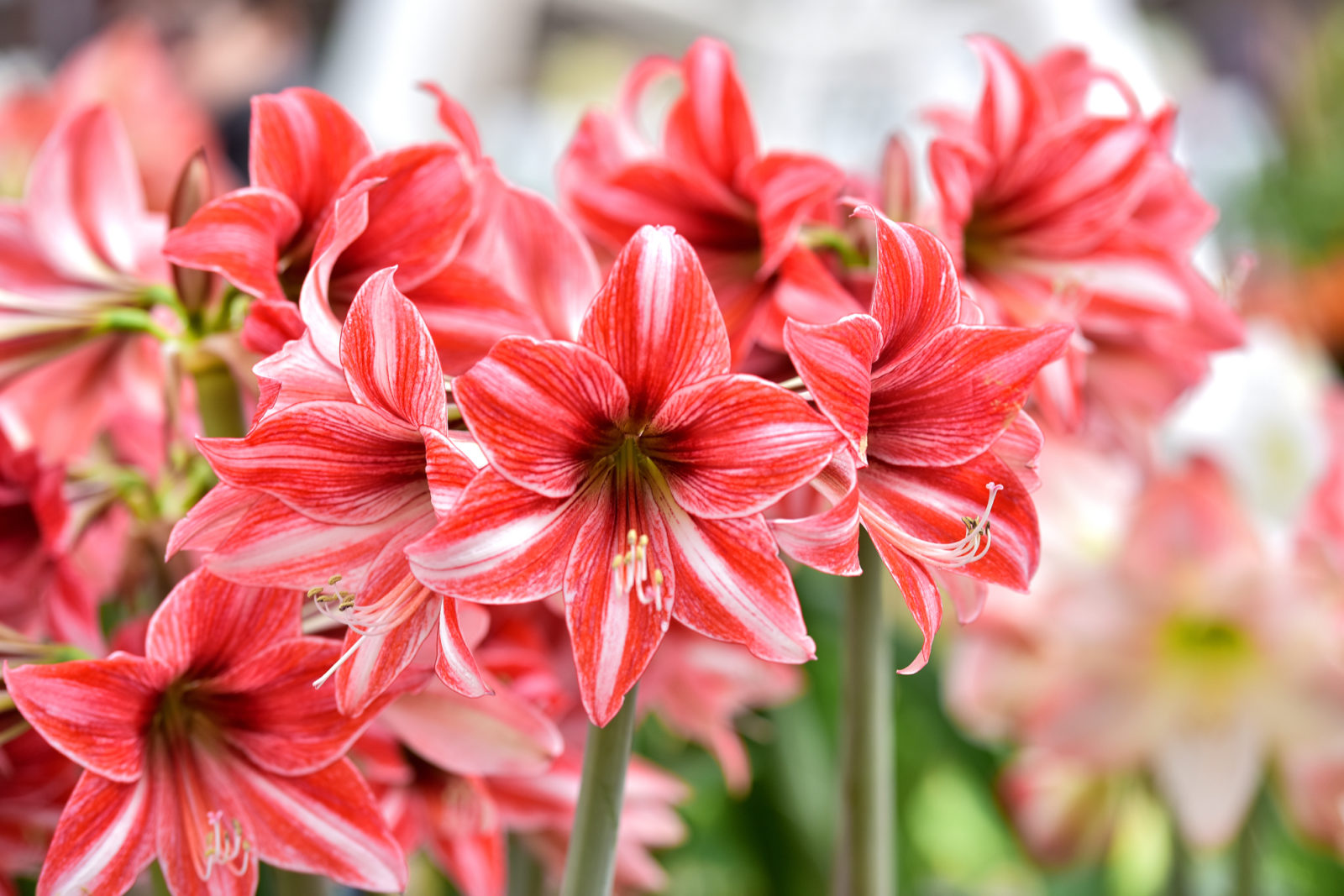
HOUSEPLANTS > AMARYLLIS > RE-BLOOMING

Elizabeth is a Permaculture Garden Designer, Sustainability Consultant and Professional Writer, working as an advocate for positive change. She graduated from the University of St. Andrews with an MA in English and Philosophy and obtained a Diploma in Applied Permaculture Design from the Permaculture Association.
Reviewed By COLIN SKELLY

Colin is a Horticulturist and Horticultural Consultant with experience in a range of practical and managerial roles across heritage, commercial and public horticulture. He holds the Royal Horticultural Society’s Master of Horticulture award and has a particular interest in horticultural ecology and naturalistic planting for habitat and climate resilience.
IN THIS GUIDE
AMARYLLIS GUIDES
Container Growing
Growing From Seed
Indoors Growing
Planting
Propagation
Pruning
Re-Blooming
Repotting
Amaryllis are popular Christmas houseplants for many homes, and when planted in September, the bulbs will bring some festive colour to their surroundings.
Typically, these plants will bloom 6-8 weeks after bulbs are planted.
But once amaryllis has flowered the first time, many people struggle to understand how to get the plant to rebloom.
Fortunately, this process is not too complex, but it does involve an understanding of the lifecycle of these plants.
Here are the key steps to follow for reblooming:
- After the flowers have withered cut them off just before seedpods develop or when they have started to develop.
- When the stalk turns yellow or starts to droop, cut it back to the soil (or ground if your bulb is in a bed).
- Let the leaves remain – water and fertilise the plant as usual through the summer for about six months as the bulb continues to sprout leaves. This phase is necessary for the bulb to rejuvenate and store reserves before it enters its dormant phase.
- Make sure that the plant gets plenty of light in the period after first flowering.
- After the last frost in your area, move the pot outside for summer.
- Water and feed your amaryllis over the early summer months.
- Later in summer, let the amaryllis die back naturally and enter the dormant phase (you will notice the leaves beginning to yellow).
- After the amaryllis has remained dormant for a time, repot the bulbs.
- Place bulbs indoors and continue care until the plant reblooms 6-8 weeks later.
If the bulb is removed, store it in a dry, cool, and dark environment for about two months.
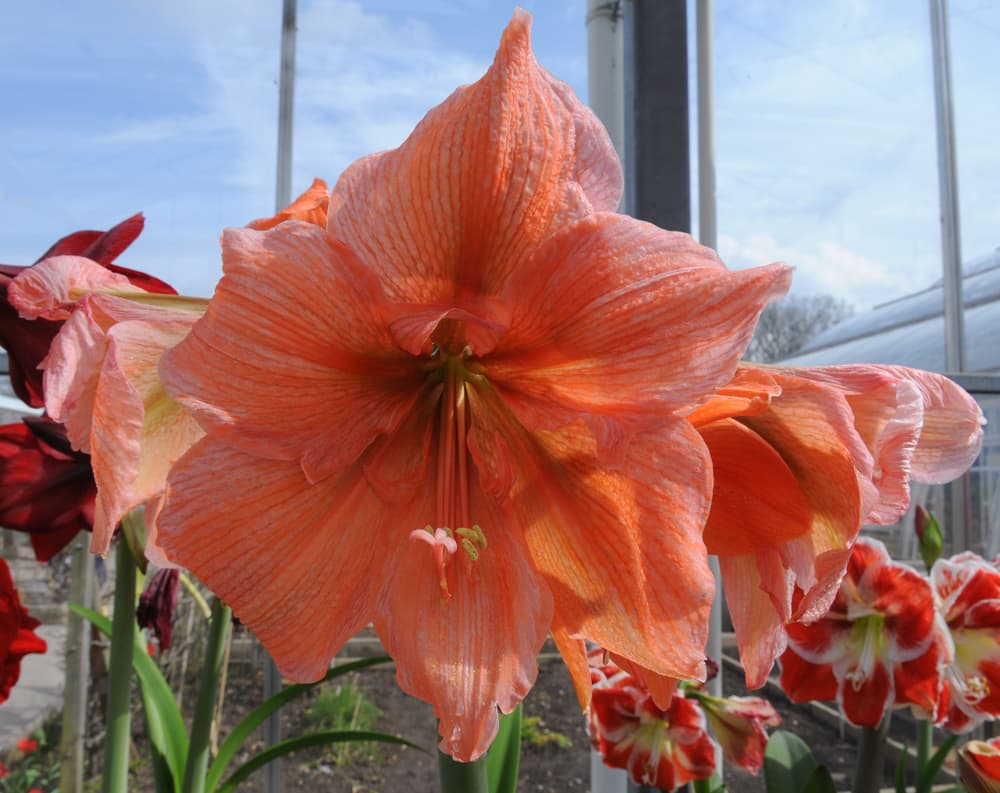
The bulb can be stored in a drawer or closet provided it is dry and the temperature is between 7-10°C.
After about two months your amaryllis bulb should be as good as new for re-planting.
Continue reading to explore each stage of this cycle and the process of getting these plants to rebloom.
Understanding The Natural Cycle
Getting an Amaryllis to rebloom involves understanding that in its native surroundings, this plant is used to an environment with moist conditions through 9 months of the year – and a dry season of around 3 months, during which the flower enters a period of dormancy.
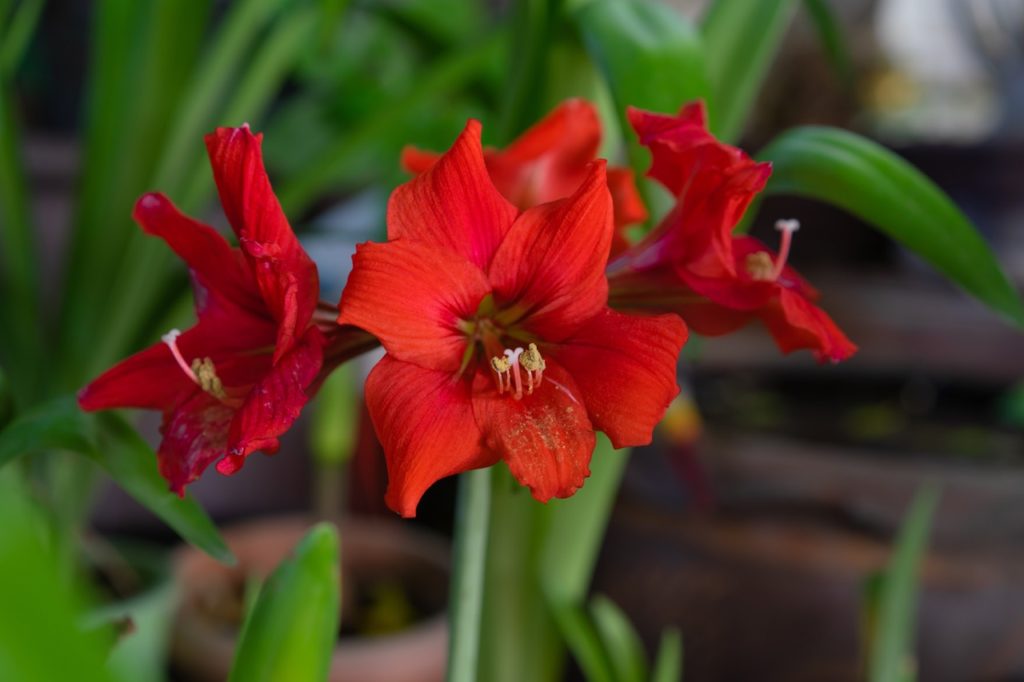
Ensuring that the plant can enter that period of dormancy is crucial to getting it to rebloom.
The idea is that after it has bloomed, the amaryllis must be given the best opportunity possible to photosynthesise and store energy in its bulb before it enters this period of dormancy, from which it can be awakened the following autumn.
1) Remove Faded Flowers
For the best chance of success, you should remove spent flowers and their stems from the plant as soon as the blooming period is over.
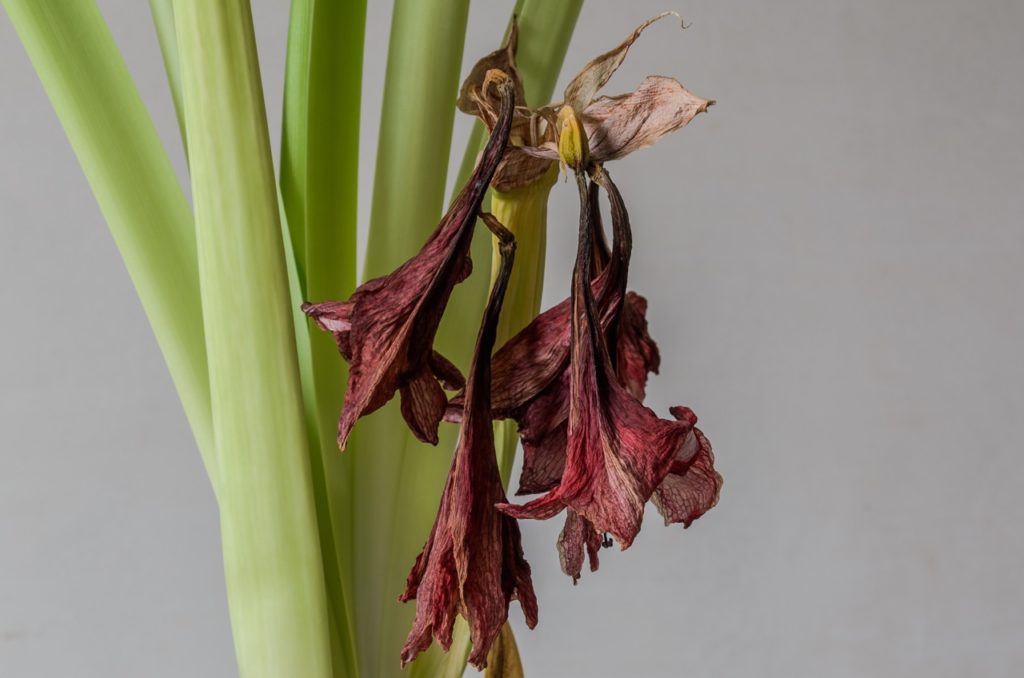
This ensures that the plant does not expend energy on going to seed and instead ensures that the energy goes into foliage growth; ensuring a healthy bulb for the following season.
2) Move To A Bright Location
The next phase is crucial in ensuring that the plant is able to rebloom, as the phase after flowering is the growth phase of these plants.
It is during this period that the plant stores energy for the blooms of the following year.
During this phase, it is vital to make sure that the plants get as much sunlight as possible.
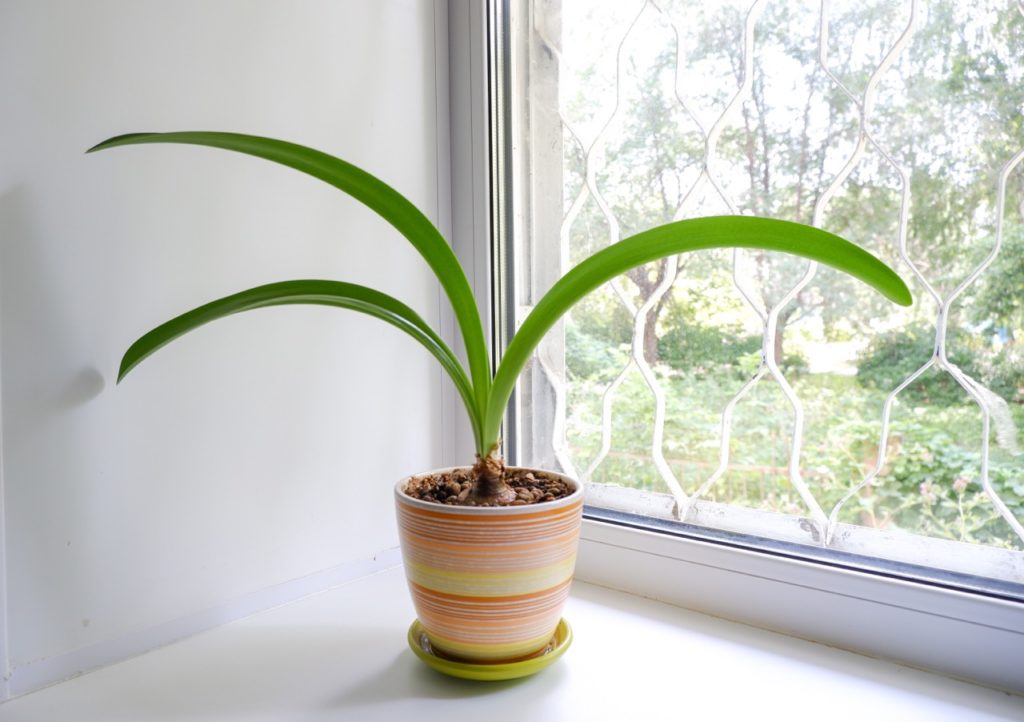
This can be challenging in the winter, so a grow light may help, though, more often than not, you can simply place the plant on a sunny windowsill.
Water to keep the growing medium moist but avoid overwatering, and provide an organic liquid plant feed such as compost tea.
This helps make sure there is healthy growth and that the leaves can grow well, storing energy which is held in the bulb for next year.
3) Move Outdoors After The Last Frost
After the last frost date in your area, move the plant in its pot outdoors to a bright, sunny position.
During this transition, some leaves may die and fall off, but this is fine and new ones should grow.
4) Water And Feed Over Summer
Water regularly, and continue to feed so that plant can store energy before it enters a period of dormancy.
Colin Skelly, who has been awarded the status of Master Horticulturist by the RHS, has the following advise for your amaryllis bulbs:
“Don’t allow the bulb to dry out, which can happen easily in hot weather with the bulb taking up so much of the pot space.
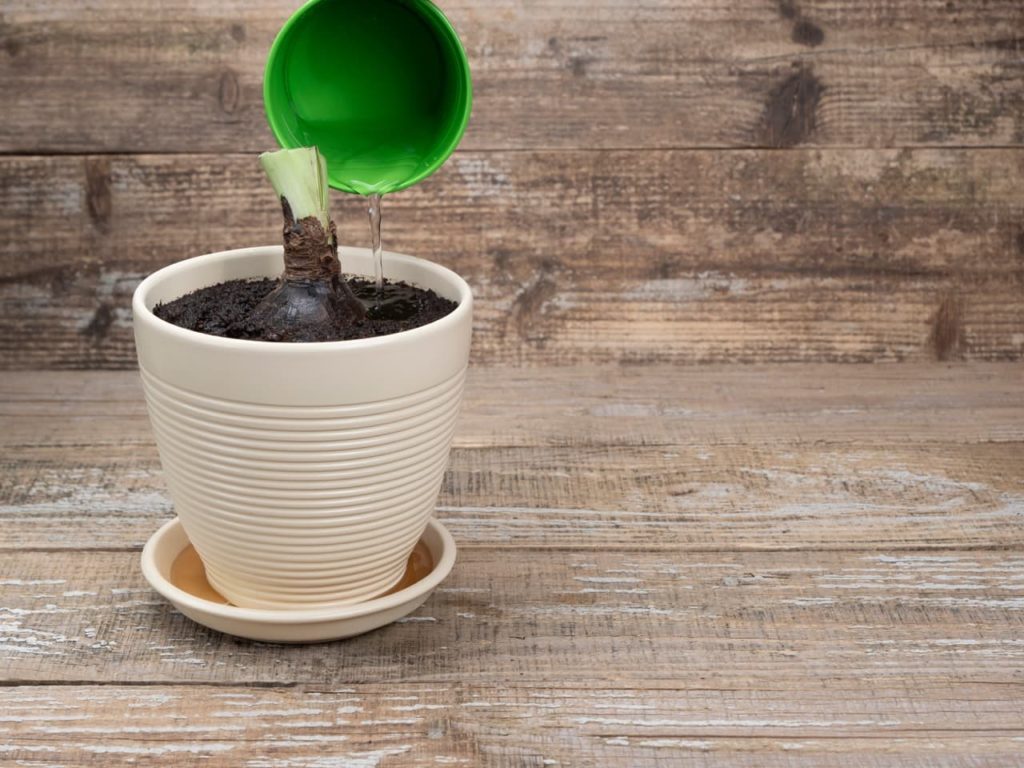
“This is especially true in a greenhouse where the temperature can increase very quickly.
“Otherwise, the bulb might be induced into dormancy too early.”
In wetter areas, it may be necessary to provide some cover in order to avoid any waterlogging, as the bulbs can rot in overly damp conditions.
5) Move Indoors
In August, if you wish to get your plant to bloom again for Christmas, bring your plant back indoors.
Place it in a cool location with temperatures of around 10-16°C.
Cease all watering and let the leaves die.
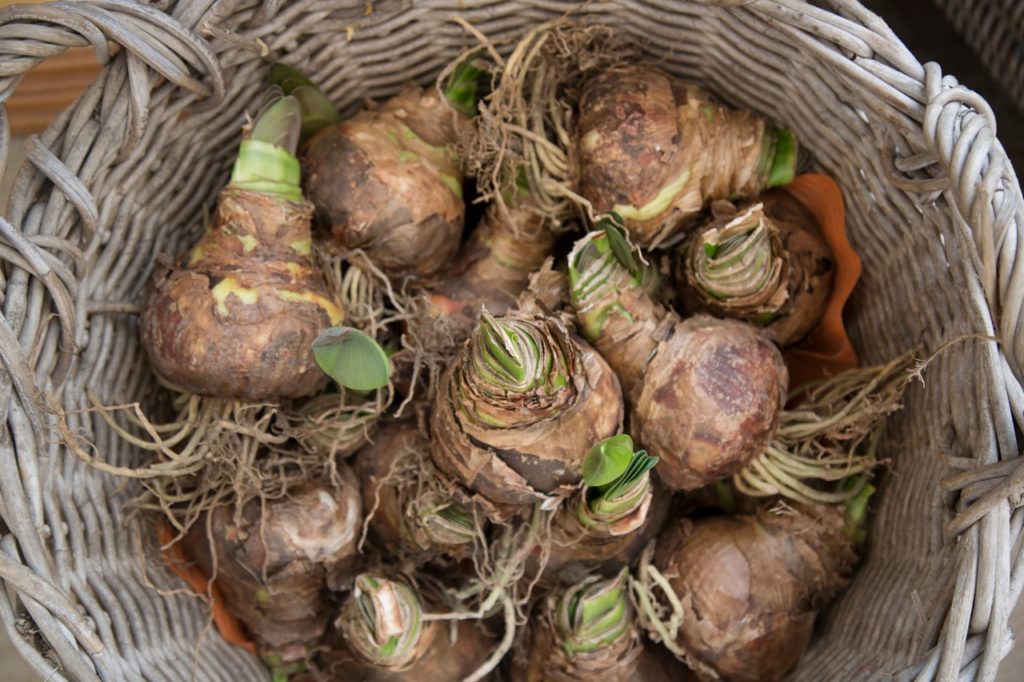
Once the leaves die, move the bulb to a dark location.
You can either keep the bulb in its present pot or remove the bulb and store it for the dormant period.
6) Repot Bulbs After Dormancy
Once the plant has had a phase of dormancy, the bulb of an amaryllis can then be repotted and planted in its new container.
Choose a container just large enough to accommodate the bulb, replant it in mid-September to October and you can expect blooms around the festive period.
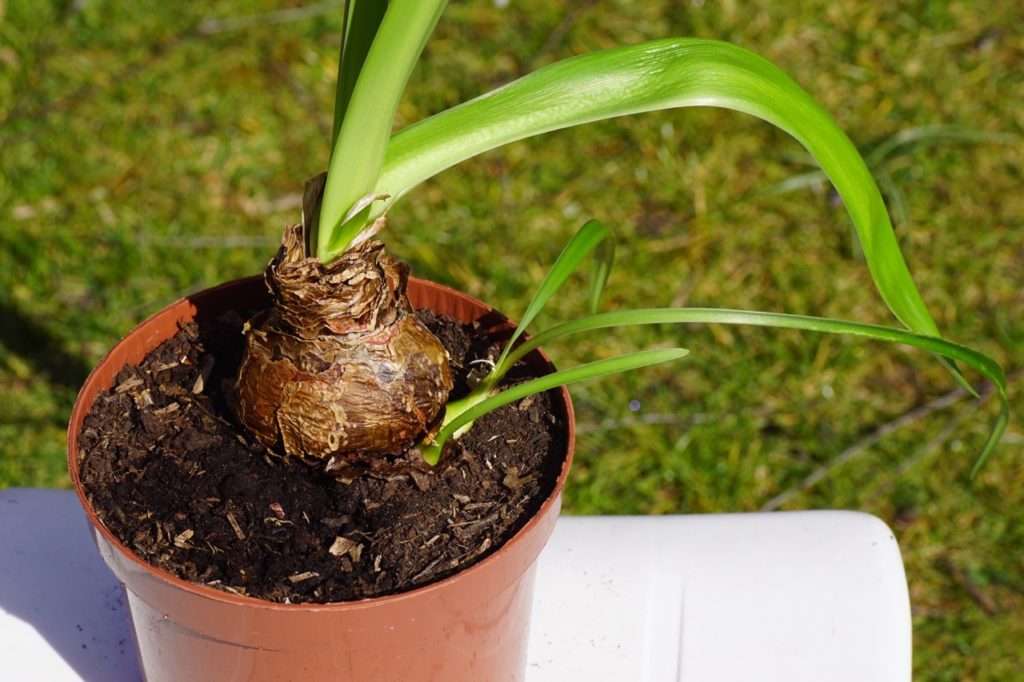
Soak the bulbs in tepid water for a few hours before you plant them into new containers.
This helps to rehydrate them and can speed up the process of growth.
7) Wait For Your Plant To Bloom
Once you have planted your bulbs, place them in a warm, dark place until a shoot appears.
Then, once the shoot emerges, move the plant to the position in which it will flower, in a bright location, but out of direct sunlight, inside your home.
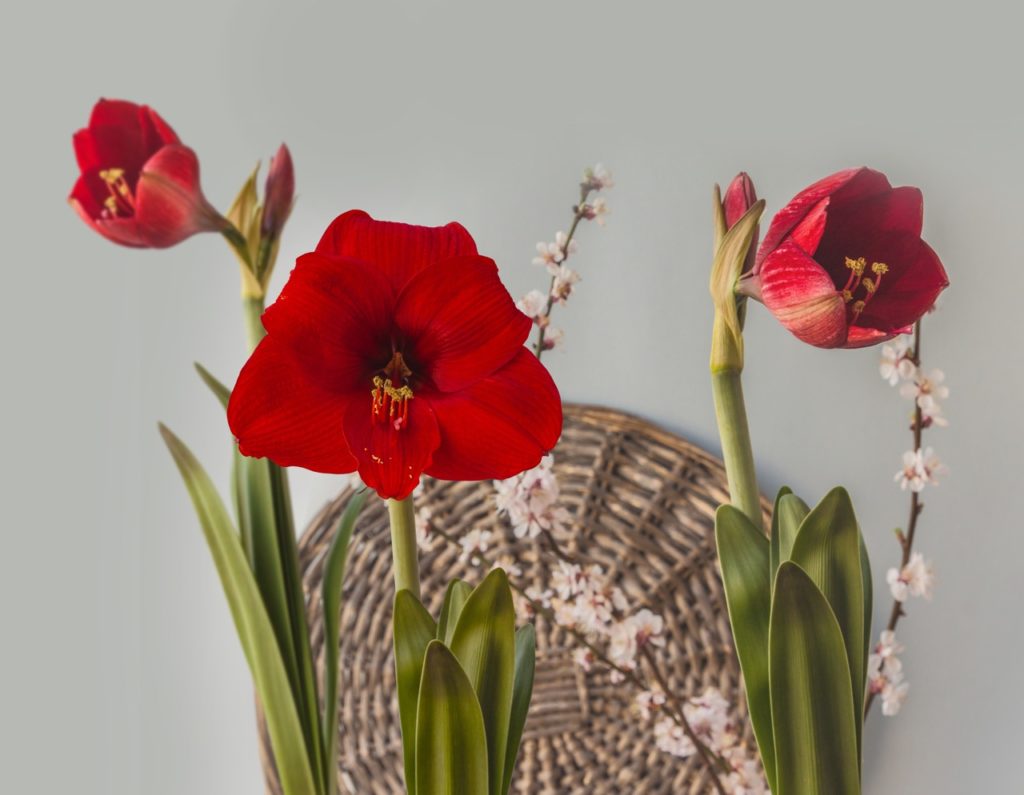
Water sparingly and make sure excess water can drain away.
The amaryllis should rebloom within 6-8 weeks.
Repeat this cycle each year and you should be able to enjoy these plants blooming in your home for several years to come.
